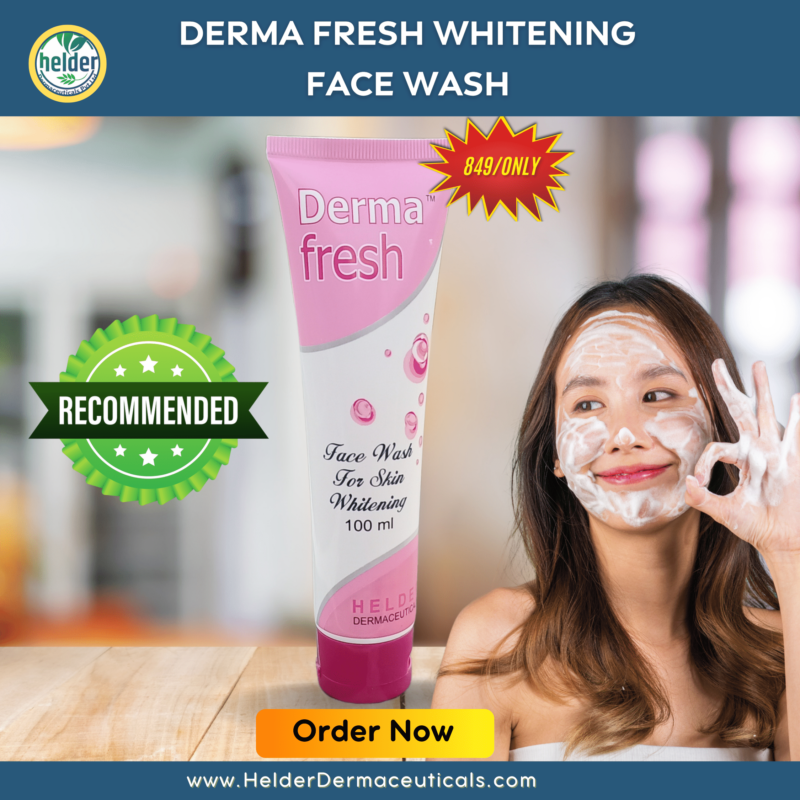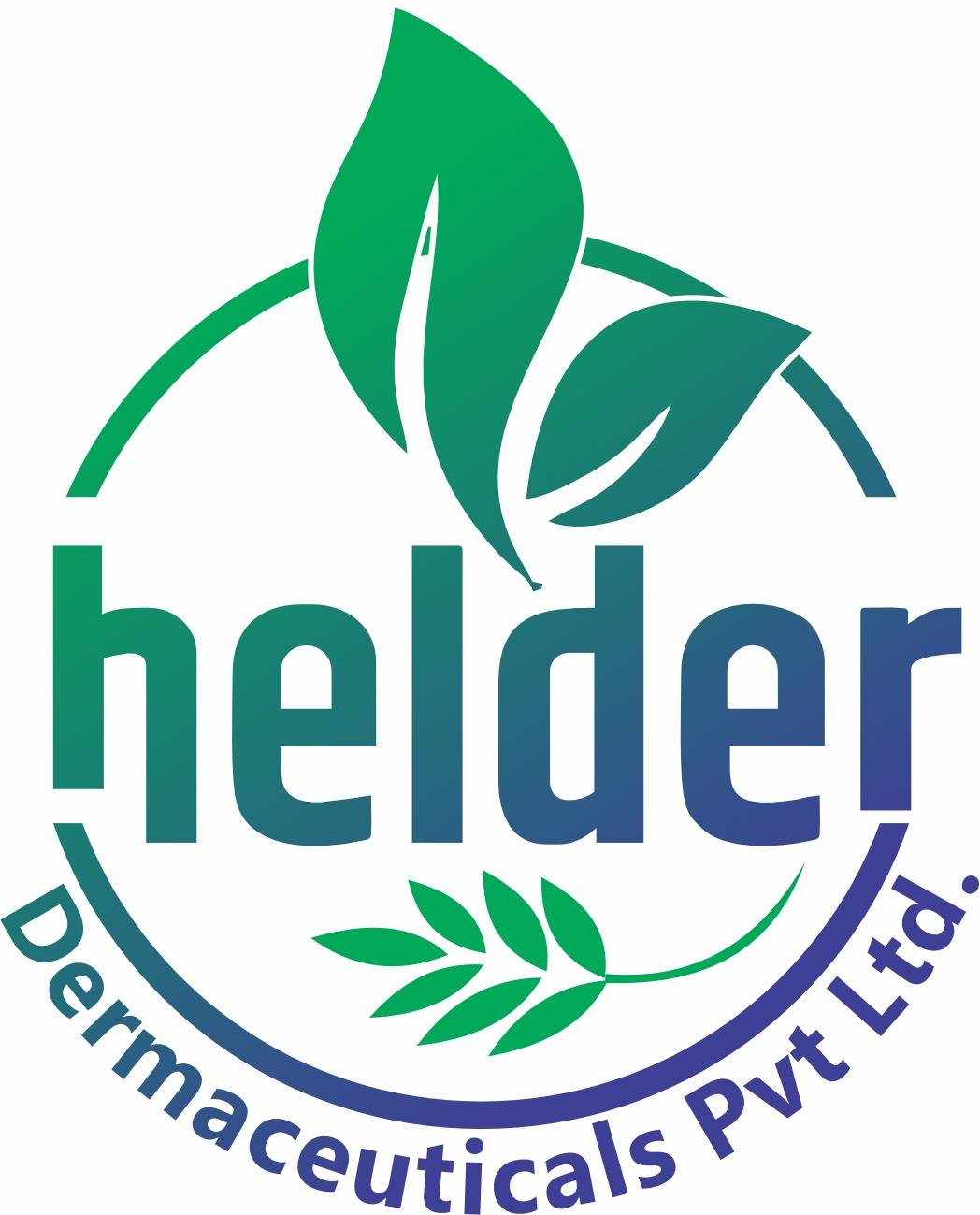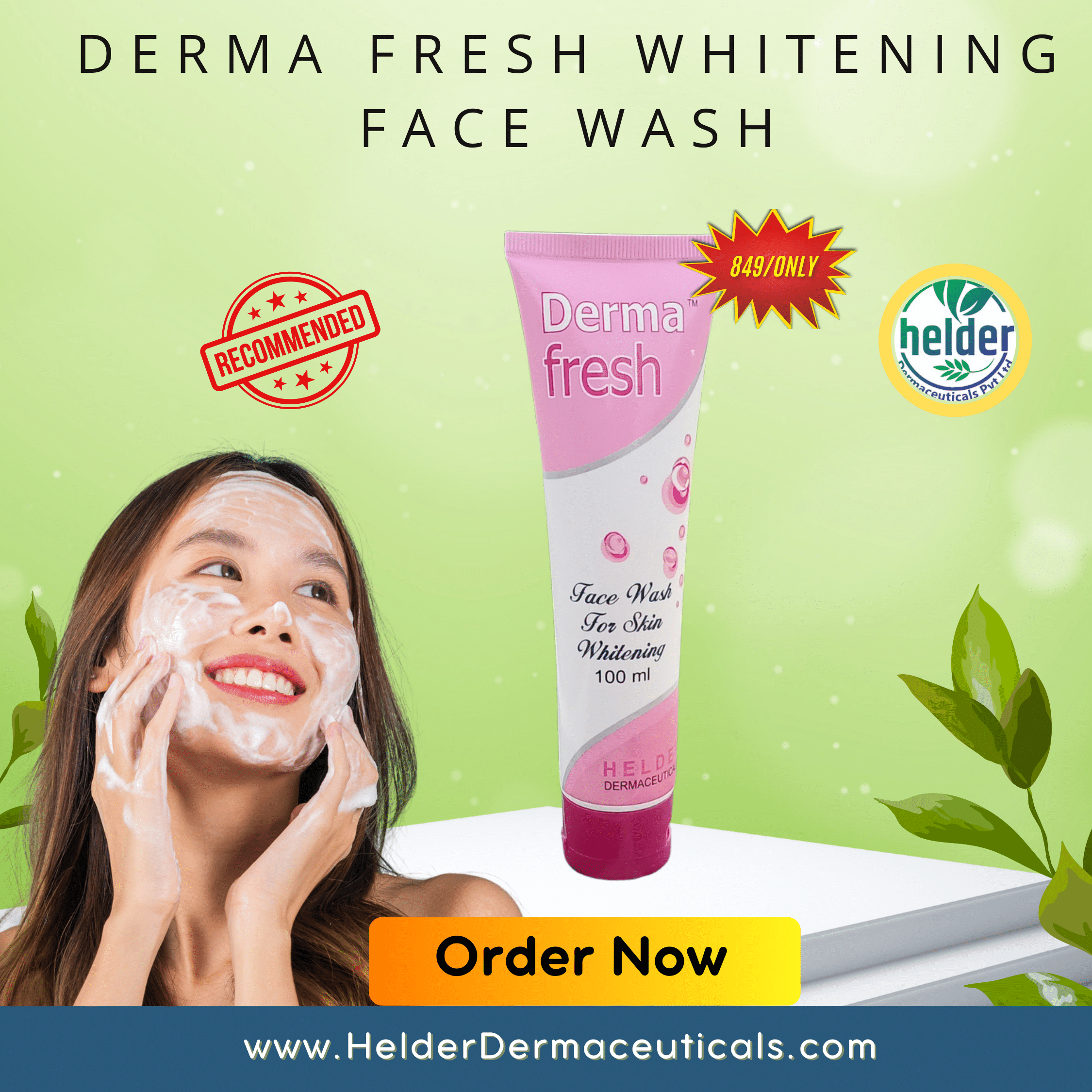In a world filled with filters and instant fixes, the desire for naturally radiant, brighter, even-toned skin is stronger than ever. Many of us grapple with common concerns like persistent dark circles under our eyes and the frustrating appearance of hyperpigmentation. These issues can make us feel tired, dull, and less confident. But what if we told you that achieving that coveted luminous complexion is entirely within your reach?
This comprehensive guide will walk you through understanding the root causes of dark circles and hyperpigmentation, and equip you with practical, easy-to-understand strategies to get brighter, even-toned skin, effectively tackling both challenges. Forget complicated jargon; we’ll break down the science and deliver actionable advice to help you reveal your most radiant self.
Understanding the Culprits: Dark Circles and Hyperpigmentation
Before we dive into solutions, let’s unpack what causes these common skin concerns. Knowing the “why” is the first step towards effectively addressing them and helping you get brighter, even-toned skin
Dark Circles: More Than Just Lack of Sleep
While a late night certainly doesn’t help, dark circles are often a complex interplay of several factors:
- Genetics: Unfortunately, some people are simply predisposed to having thinner skin under their eyes, which allows blood vessels to show through more prominently, creating a darker appearance.
- Thin Skin & Visible Blood Vessels: The skin around our eyes is incredibly delicate and thin. As we age, it thins even further, making the underlying blood vessels more visible and contributing to that shadowy look.
- Loss of Volume (Tear Troughs): With age, or sometimes genetically, we can lose fat and collagen in the under-eye area, creating a hollow known as a “tear trough.” This hollowing casts a shadow, making the area appear darker.
Hyperpigmentation: Yes, pigmentation can also occur under the eyes. Sun exposure, inflammation, or genetic factors can lead to an accumulation of melanin in the area, resulting in brown or greyish dark circles.
Lifestyle Factors: Lack of sleep, dehydration, excessive salt intake, allergies, rubbing your eyes frequently, and even certain medical conditions can exacerbate the appearance of dark circles.
Allergies: Allergic reactions can cause blood vessels to dilate and swell, leading to increased puffiness and a darker tint under the eyes, often referred to as “allergic shiners.”Hyperpigmentation: Unwanted Spots and Patches
Sun Spots (Lentigines):.
These are perhaps the most common form, directly caused by prolonged sun exposure. They appear as small, flat, dark spots, often on areas like the face, hands, and décolletage.
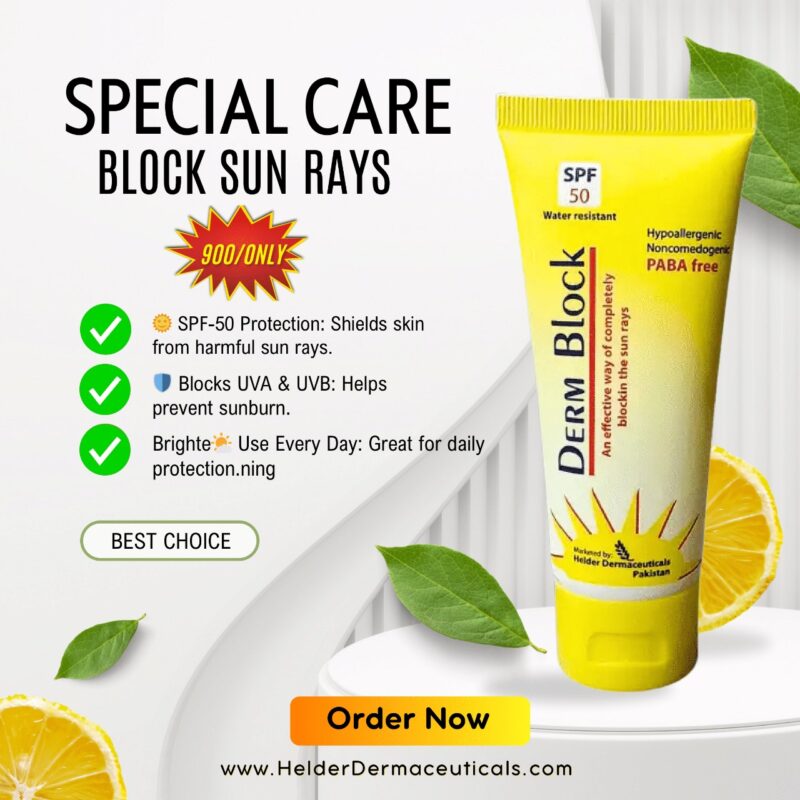
Melasma
Often called the “mask of pregnancy,” melasma appears as larger, irregular patches of brown or grayish-brown discoloration, typically on the face (cheeks, forehead, upper lip, chin). It’s primarily triggered by hormonal changes (pregnancy, birth control pills) combined with sun exposure.

The Foundation for Brighter Skin: Essential Skincare Practices
chieving brighter, even-toned skin starts with a consistent and well-chosen skincare routine. These foundational steps are non-negotiable for anyone looking to address dark circles and hyperpigmentation.
1. Sun Protection: Your Non-Negotiable Shield
This cannot be stressed enough. Sun exposure is the number one culprit behind hyperpigmentation and significantly worsens dark circles. Without diligent sun protection, all other efforts to get brighter, even-toned skin will be futile.
- Daily SPF: Use a broad-spectrum sunscreen with an SPF of 30 or higher every single day, rain or shine, indoors or outdoors. Reapply every two hours when exposed to direct sunlight or after sweating/swimming.
- Physical Barriers: Wear wide-brimmed hats, sunglasses (to protect the delicate eye area), and seek shade during peak sun hours (10 AM – 4 PM).
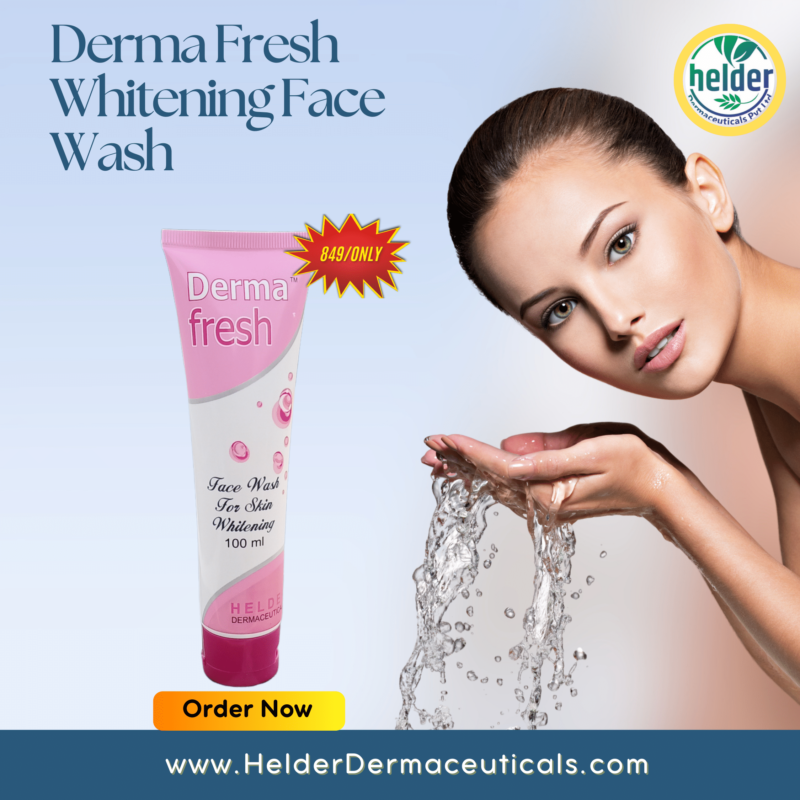
Gentle Cleansing: Prep for Perfection
Cleanse your face twice daily with a mild, hydrating cleanser. Avoid harsh scrubbing, especially around the eyes, as this can irritate the skin and worsen hyperpigmentation and dark circles. A clean canvas allows your treatment products to penetrate more effectively, helping you get brighter, even-toned skin.
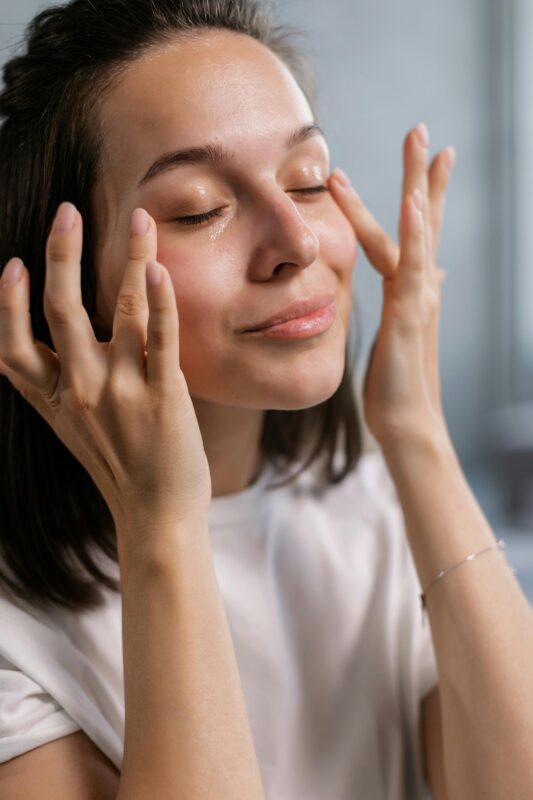
Hydration is Key: Plump and Protect
Well-hydrated skin functions better, looks plumper, and can even minimize the appearance of fine lines and shadows. Use a good quality moisturizer suited for your skin type. For the under-eye area, a dedicated eye cream provides targeted hydration and ingredients.

Targeted Treatments for Dark Circles
Now, let’s dive into the specifics of addressing those pesky under-eye shadows to get brighter, even-toned skin around your eyes.
1. Eye Creams with Active Ingredients:
Look for eye creams containing ingredients known to improve circulation, strengthen capillaries, and reduce pigmentation:
- Caffeine: A vasoconstrictor, caffeine helps to constrict blood vessels, reducing puffiness and the appearance of bluish dark circles.
- Vitamin C: A powerful antioxidant, Vitamin C brightens the skin, promotes collagen production, and can help reduce pigmentation.
- Retinoids (Gentle Formulations): Retinoids, like retinol or retinaldehyde, can stimulate collagen production, thickening the thin under-eye skin over time and making blood vessels less visible. Use an eye-specific retinol product very sparingly and gradually.
- Peptides: These amino acid chains can support collagen production and improve skin elasticity.

Niacinamide (Vitamin B3): Helps to strengthen the skin barrier and reduce inflammation, which can contribute to dark circles.
Hyaluronic Acid: While not a treatment for darkness, it plumps the skin and improves hydration, which can make the area look smoother and less shadowed.
Lifestyle Adjustment
Prioritize Sleep: Aim for 7-9 hours of quality sleep. Elevating your head slightly with an extra pillow can help prevent fluid accumulation under the eyes.
Stay Hydrated: Drink plenty of water throughout the day to prevent dehydration, which can make dark circles more prominent.
Manage Allergies: If allergies are a cause, consult a doctor for appropriate medication. Avoid rubbing your eyes, as this irritates the skin and worsens pigmentation.
Reduce Sodium Intake: Excessive salt can lead to fluid retention and puffiness, exacerbating dark circles.
Cold Compresses: A cool compress, chilled cucumber slices, or cold tea bags (green tea contains antioxidants and caffeine) can temporarily constrict blood vessels and reduce puffiness.
Professional Treatments (Consult a Dermatologist):
For stubborn dark circles, a dermatologist can offer advanced solutions:
- Dermal Fillers: Hyaluronic acid fillers can be precisely injected into tear troughs to fill hollows, eliminating shadows and instantly making the area look brighter and more rested. This is highly effective for volume loss.
- Platelet-Rich Plasma (PRP): Injections of your own platelets can stimulate collagen production and improve skin quality over time.
- Lasers: Certain lasers (e.g., fractional lasers, Q-switched lasers) can target pigmentation or improve skin texture and thickness.
- Chemical Peels (Very Gentle): Superficial peels can help with pigmentation under the eyes, but require extreme caution due to the delicate skin.
These professional options can significantly help you get brighter, even-toned skin around the eyes.
Attacking Hyperpigmentation: Strategies for an Even Skin Tone
Tackling hyperpigmentation requires patience and a multi-pronged approach. The goal is to inhibit melanin production, exfoliate existing pigmented cells, and protect from future damage, all contributing to brighter, even-toned skin.
Topical Brightening Ingredients:
These are the workhorses of hyperpigmentation treatment:
- Vitamin C (Ascorbic Acid): A powerful antioxidant that inhibits tyrosinase (an enzyme needed for melanin production) and brightens the complexion. Use a stable form in your morning routine.
- Niacinamide (Vitamin B3): Interferes with the transfer of melanosomes (packets of melanin) from melanocytes (melanin-producing cells) to skin cells, helping to reduce pigment visibility. It also strengthens the skin barrier.
- Alpha Arbutin: A derivative of hydroquinone, it’s a potent tyrosinase inhibitor and generally well-tolerated.
- Kojic Acid: Derived from fungi, it’s another effective tyrosinase inhibitor.
- Licorice Root Extract: Contains glabridin, which inhibits tyrosinase and has anti-inflammatory properties.
- Azelaic Acid: Excellent for post-inflammatory hyperpigmentation (PIH) and melasma. It reduces inflammation and inhibits tyrosinase.
- Retinoids (Retinol, Tretinoin): Increase cell turnover, helping to shed pigmented cells more quickly. They also inhibit tyrosinase and stimulate collagen. Start slowly, as they can cause irritation. Tretinoin (prescription) is more potent than over-the-counter retinol.
- Tranexamic Acid: Emerging as a powerful ingredient for melasma and PIH, it works by inhibiting plasmin, a factor involved in melanin production.
- Hydroquinone (Prescription-Only): Considered the gold standard for severe hyperpigmentation, it works by directly inhibiting tyrosinase. It should only be used under medical supervision, typically for short periods, due to potential side effects.
Introduce these ingredients one at a time and patch test to avoid irritation. Consistency is key to get brighter, even-toned skin.
2. Exfoliation: Shedding the Darkness
Exfoliation helps to slough off dead skin cells that contain excess pigment, revealing fresher, brighter skin underneath.
- AHAs (Alpha Hydroxy Acids): Glycolic acid and lactic acid are popular choices. They work on the surface to gently dissolve the bonds between dead skin cells. Start with lower concentrations.
- BHAs (Beta Hydroxy Acids): Salicylic acid is a BHA, particularly useful for PIH related to acne, as it penetrates oil and exfoliates within pores.
Use chemical exfoliants 2-3 times a week initially, and adjust based on your skin’s tolerance. Over-exfoliation can cause irritation and actually worsen hyperpigmentation.
3. Professional Treatments (Consult a Dermatologist):
For stubborn or widespread hyperpigmentation, in-office treatments offer faster and more dramatic results:
- Chemical Peels: Stronger concentrations of AHAs, BHAs, or other acids can be applied by a professional to deeply exfoliate and reduce pigment. Different types of peels are tailored to specific concerns.
- Laser Therapy: Various lasers (e.g., Q-switched lasers, picosecond lasers, fractional lasers) can target pigment directly, breaking it down into smaller particles that the body can clear. Laser choice depends on the type and depth of hyperpigmentation.
- Microneedling: Creates microscopic channels in the skin, which can enhance the penetration of topical brightening agents and stimulate collagen production. Often combined with serums.
- Dermabrasion/Microdermabrasion: Physical exfoliation techniques that remove the outermost layers of skin. More aggressive than chemical peels, they require downtime.
Combining professional treatments with a consistent at-home routine is often the most effective way to get brighter, even-toned skin when dealing with persistent hyperpigmentation.
Lifestyle for Luminous Skin: Beyond the Bottle
Your skin reflects your overall health. Incorporating healthy habits into your daily life can significantly contribute to brighter, even-toned skin and reduce dark circles and hyperpigmentation.
- Balanced Diet: Consume a diet rich in antioxidants (from fruits and vegetables), healthy fats (omega-3s), and lean proteins. Antioxidants combat free radical damage that can exacerbate pigmentation.
- Adequate Sleep: As mentioned for dark circles, quality sleep allows your body to repair and regenerate, which is vital for skin health.
- Stress Management: Chronic stress can trigger inflammation and hormonal imbalances that can worsen skin conditions, including hyperpigmentation. Practice mindfulness, meditation, or yoga.
- Hydration: Drink enough water to keep your skin plump, healthy, and functioning optimally.
- Avoid Smoking: Smoking constricts blood vessels, reduces oxygen flow to the skin, and contributes to premature aging and a dull complexion.
- Limit Alcohol: Excessive alcohol can dehydrate the skin and lead to a flushed, uneven appearance over time.
Putting It All Together: Your Personalized Plan to Get Brighter, Even-Toned Skin
Creating an effective routine requires patience and consistency. Here’s a sample framework for your journey to brighter, even-toned skin while addressing dark circles and hyperpigmentation:
Morning Routine:
- Gentle Cleanser: Wash away impurities.
- Vitamin C Serum: Apply a few drops to your face and neck.
- Eye Cream: Apply a pea-sized amount to the orbital bone, gently patting.
- Moisturizer: Hydrate your skin.
- Broad-Spectrum SPF 30+: This is crucial! Reapply throughout the day if needed.
Evening Routine:
- Double Cleanse (if wearing makeup/sunscreen): Use an oil-based cleanser first, then a gentle water-based cleanser.
- Targeted Treatment (Choose 1-2 based on concern):
- Hyperpigmentation: Apply a product with Niacinamide, Alpha Arbutin, Azelaic Acid, or a gentle Retinoid (start 2-3 times/week).
- Dark Circles: Apply a specific eye cream targeting your concern (e.g., with Retinol, Peptides, or Caffeine).
- Moisturizer: Seal in moisture and support the skin barrier.
Weekly/Bi-Weekly (as tolerated):
- Gentle Exfoliation (AHA/BHA): Use a chemical exfoliant 1-3 times a week, separate from your retinoid nights.
Important Considerations:
- Patch Test: Always test new products on a small area of skin before applying them to your entire face.
- Introduce Gradually: Especially with active ingredients like retinoids or acids, start slowly (e.g., 2-3 times a week) and gradually increase frequency as your skin tolerates it.
- Be Patient: Skin transformation takes time. You’ll likely see initial improvements within weeks, but significant changes to get brighter, even-toned skin can take months.
- Listen to Your Skin: If you experience excessive redness, irritation, or dryness, reduce the frequency of active ingredients or take a break.
- Consult a Professional: For persistent issues, or if you’re unsure about which products or treatments are right for you, consult a dermatologist. They can provide a personalized diagnosis and treatment plan to help you get brighter, even-toned skin and effectively manage dark circles and hyperpigmentation.
Conclusion
Achieving brighter, even-toned skin, free from the visible signs of dark circles and hyperpigmentation, is a journey that combines understanding, consistent effort, and patience. By embracing a holistic approach that includes diligent sun protection, a targeted skincare routine with effective ingredients, healthy lifestyle choices, and professional guidance when needed, you can empower your skin to regenerate and reveal its natural radiance.
Remember, healthy skin is beautiful skin. Focus on nourishing your skin from within and without, and you will undoubtedly get brighter, even-toned skin that glows with confidence. Your path to a luminous, more uniform complexion starts today.
